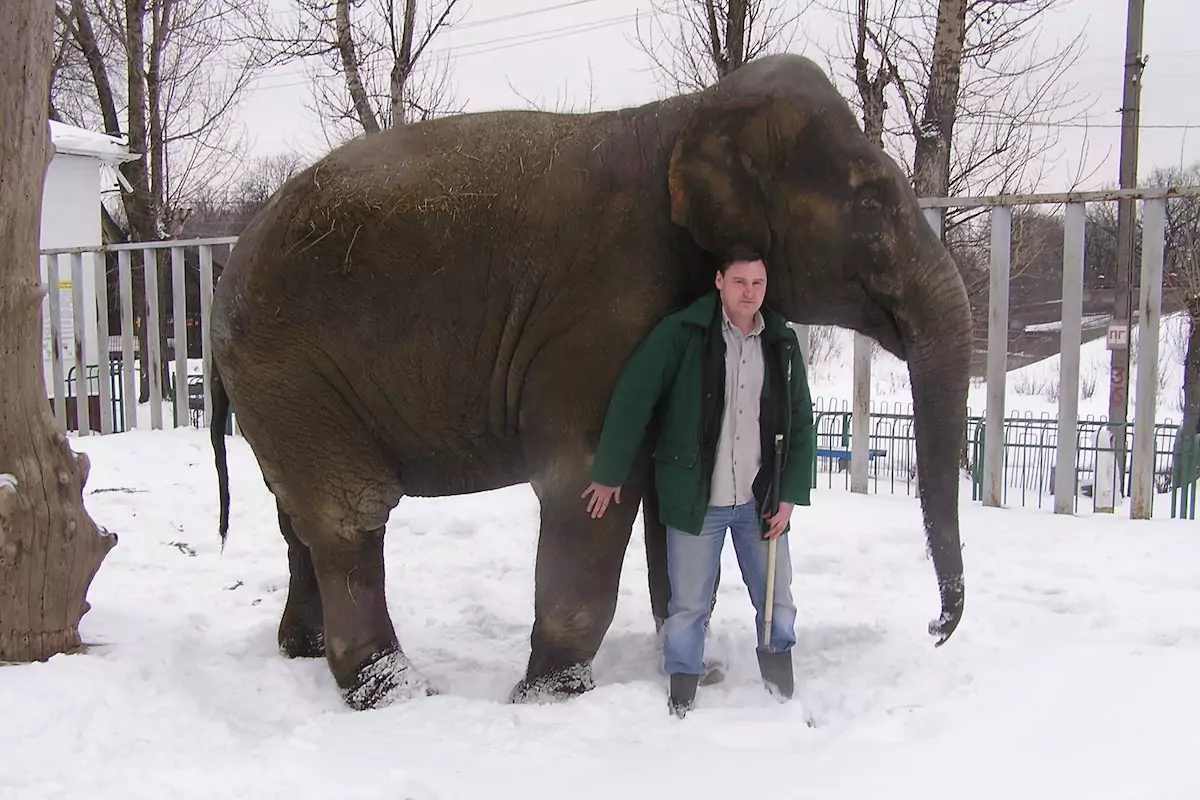Oleg Grishchenko’s story is one of passion, resilience, and unwavering dedication, especially now, as he navigates the challenges brought on by the war in Ukraine, continuing to champion the cause of Ukraine’s elephants.
As acting Chairman of the Ukrainian Elephant Welfare Group, Oleg Grishchenko managed to safeguard the protection of Ukraine’s elephants as war rages on in the region. Oleg has been working with animals professionally for almost 30 years, but elephants are his true passion. His journey is remarkable, and it is distinguished by a deep connection to these majestic animals, as well as a desire to improve conditions for elephants in captivity.
Oleg’s journey began in 1992 after finishing high school. He had the opportunity to travel to China and spend nine months in Beijing. Faced with unexpected expenses, he was unable to afford the return airfare to Ukraine, which lead him on a transformational journey back home involving various modes of transport, including a seven-day train journey to Kharkiv.
During this long journey, Oleg bought a book to help pass the time. It was called ‘Among the Elephants,’ by Iain Douglas-Hamilton, and it sparked such an interest in these animals that it gave him a new life goal.
As fate would have it, Oleg discovered an Asian elephant at the Kharkiv Zoo, and after enrolling in night school, Oleg progressed from keeper at the Zoo to head of the zoological department. He is considered an expert in ungulates and elephants.
Tragedy struck in 2015, when Oleg was attacked by a female elephant. He lost his right arm, but it didn’t alter his dedication to working with and researching elephants.
He also played a crucial role as chief project zoologist when the Kharkiv Zoo underwent extensive renovations and improvements for the elephants. The zoo re-opened to the public in 2021. Just five months later, in February 2022, Russia invaded Ukraine.
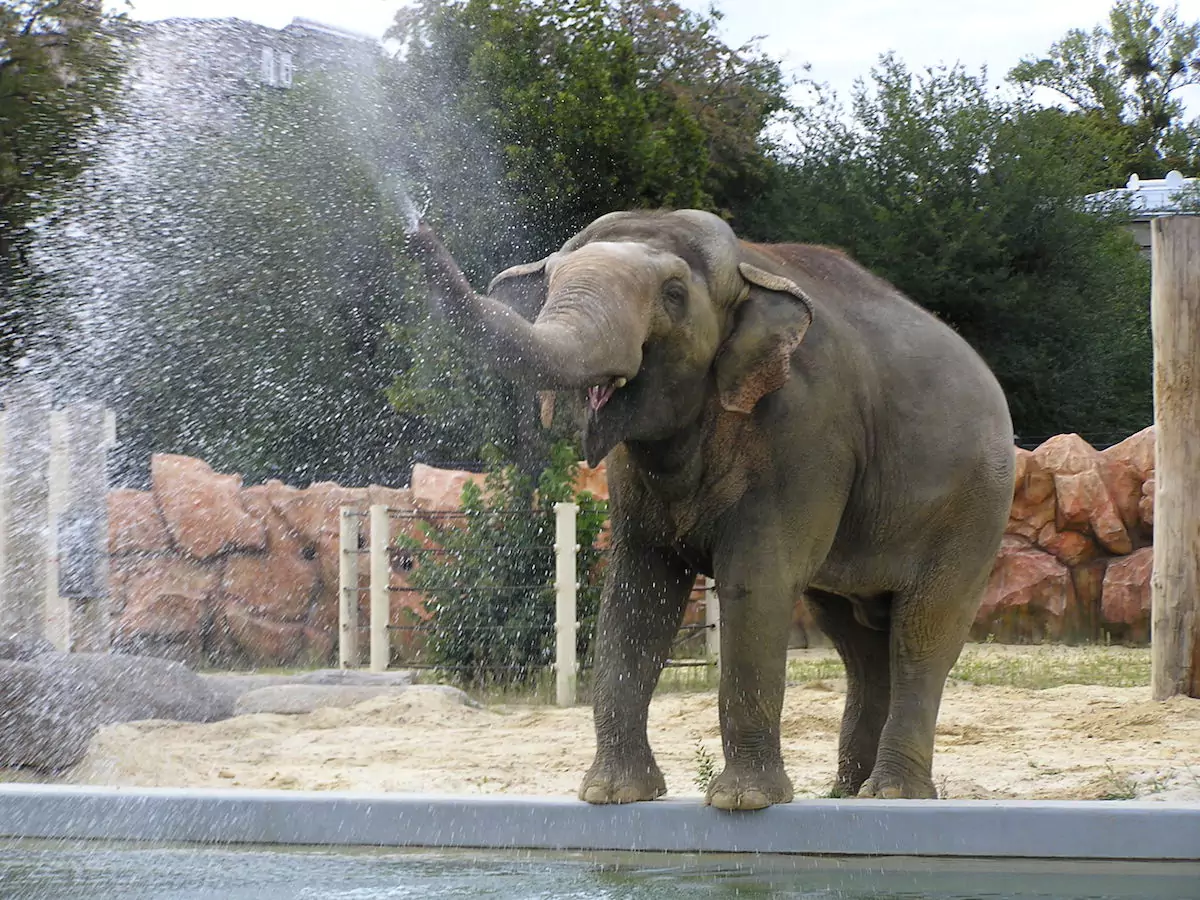
Monaco Life: How did the political unrest and war affect your zoo and the animals?
We welcomed 600,000 people, a record number of visitors, when the Kharkiv Zoo opened its doors after it was completely renovated at the end of 2021, confirming our conviction that the people of Kharkiv are interested in the zoo and love it very much.
On 24th February 2022, at 4:30am, missiles hit Kharkiv, and the war, which completely changed the lives of the city and the zoo, began. On that day, the zoo was not open to visitors. In the first months of the war, when the battle for Kharkiv was being waged, the city was fired upon with rockets and artillery, and bombed by aircraft. Many zoo employees did not come to work, and others left the city. Kharkiv transport, businesses, city utilities and infrastructure were paralysed. Some zoo employees came to the zoo, sometimes with their families and pets, and stayed in the basement buildings. Between the shellings, these colleagues had to leave the shelter, quickly feed the animals and clean their enclosures, only to return to the bomb shelter and wait out the next round of bombs, rockets and shellings.
The zoo had food stores for animals that could last two or three weeks; this worried us immensely as vendors were not operating. Additionally, the bank was not in operation, and we had no access to our accounts. The Ukrainian forces were able to hold the city and fend off the Russian occupying forces. The city was no longer fully surrounded but rather was restricted in a semi-circle formation; the rockets and artillery fire continued. The zoo is located at the city’s centre, and it survived the artillery and rocket attacks during the most intensive part of the battle.
From April to May of 2022, the Russian forces were pushed away from the city, and little by little, Kharkiv was able to restart its economy, which allowed the municipality and city war administration to finance the zoo minimally (employee wages, animal feed, utilities).
Ukrainian zoo accepts domestic animals to keep them alive
Until May of 2023, the zoo was closed, and many of the staff lived on zoo property, from where they could complete essential animal care duties. The zoo was forced to accept many animals from citizens who were leaving and could not take their pets with them. For the most part, these were exotic and terrarium-housed animals. As the zoo was freshly renovated, not all of our animals had been transported back to us from Europe, and we had available enclosures for these animals. Much later, we were able to return many of these pets back to their owners.
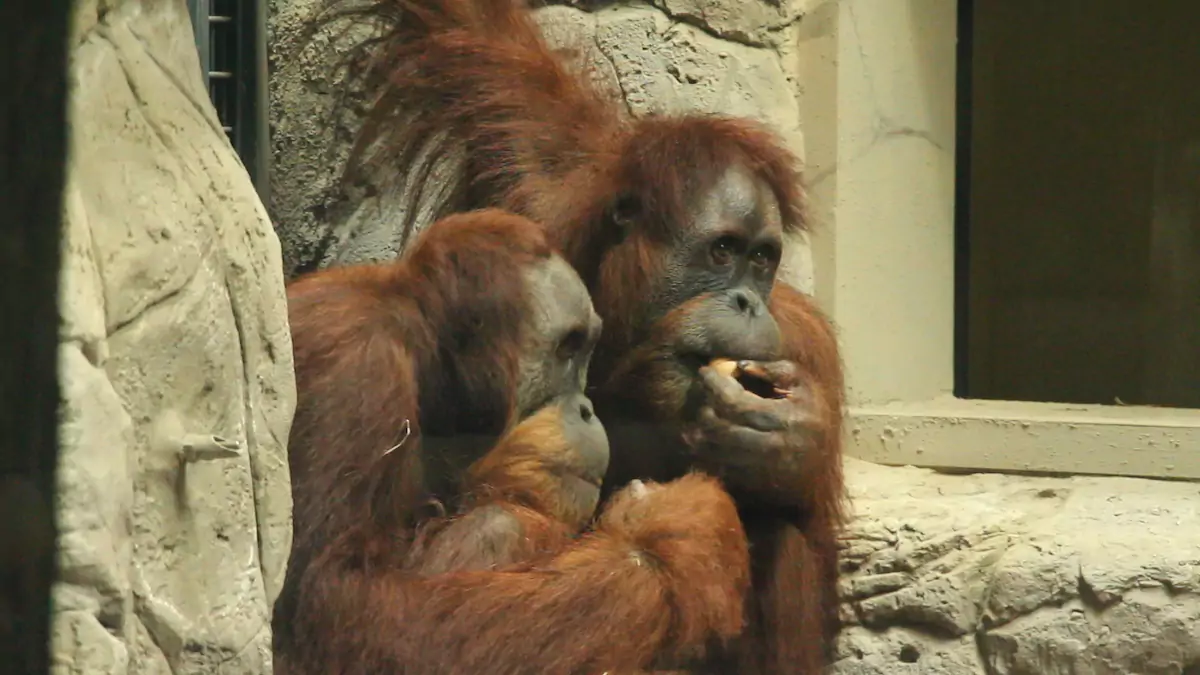
It is also important to mention that we took in many injured animals from the Feldman Ecopark Zoo. These animals were victims of Russian attacks, as the zoo is located in the suburbs of Kharkiv. Our zoo was able to house 10 chimpanzees, four Sumatran orangutans, three jaguars, four tigers, two lions and plenty of other smaller animal species.
Did you evacuate any animals from your zoo?
When the city of Kharkiv was semi-surrounded by Russian occupying forces, and the western part of the city was free and connected to roads across all of Ukraine, we prepared for an evacuation. However, after Ukrainian troops pushed the Russians out of the city in September and freed the Kharkiv region, the issue of animal evacuations was put to rest.
Did you have any warning to prepare the animals for this situation?
None! Before the war, President Zelensky addressed the nation and informed us that there would be no war, and we believed him. We made a mistake.
Were there any animal evacuations or deaths?
We did not need to evacuate our animals and there were no deaths of animals at the zoo caused by shellings or bombings. Unfortunately, older animals with serious chronic health concerns did not survive the stress. We lost two Japanese macaques, who were in their senior years.
Which zoos were affected the most by this war?
It is imperative to first and foremost highlight Feldman Ecopark Zoo. This park was located in the Kharkiv suburbs, exactly where the Ukrainian and Russian forces met. The park was hit by rockets and artillery fire fire, and some animals were killed. Other animals escaped after the destruction of their enclosures. However, it was possible to evacuate many of the animals. Tragically, three colleagues of the park were killed.
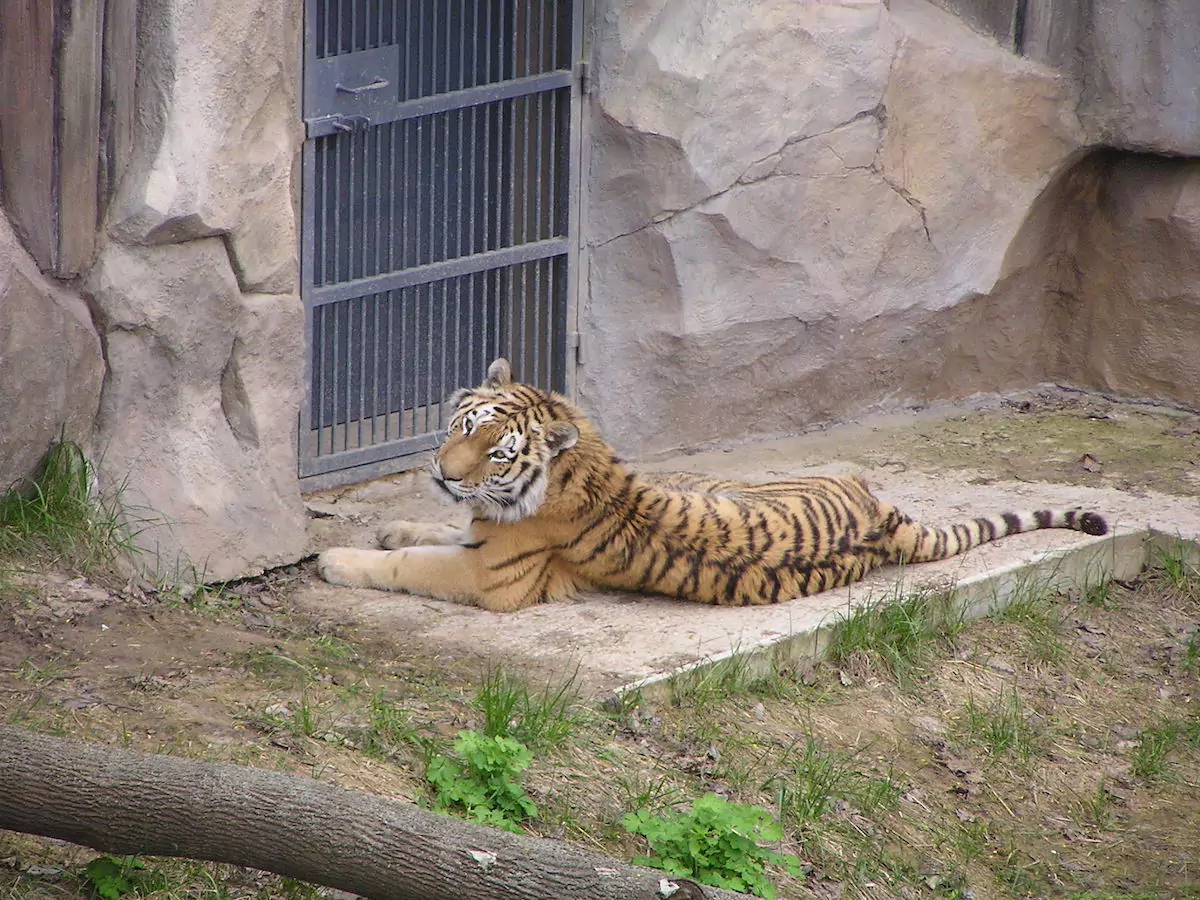
Many animal welfare groups and the public were very concerned about the welfare of your elephant Aung Neing Lay. I understand Aung was very stressed and sedatives were donated. Did you need to give them to him?
No, we did not give him sedatives, even though we had them ready. The zoo is located in the centre of the city, not far from the central square, where before the war, many festivals were held, sometimes with fireworks, so our elephant was comfortable with such noises. However, the vibrations from explosions, which the elephant was very sensitive to, were a problem.
We observed his behavior; during periods with explosions, the elephant stopped moving and stood with his ears spread wide for a period of time, and eventually began moving again. We did not see panic or anything similar to it; of course, the animal was nervous, but he was able to cope on his own. For example, a noticeable comfort behaviour for him was eating hay and branches. Eating hay calmed him down.
Can you tell us about Aung and when he arrived at the Kharkiv Zoo and where he came from?
Aung Neing Lay is a Burmese name that translates to “Born a Victor”. He was born in Emmen (Netherlands) on November 9th, 1997. His mother’s name is Yu Zin, and his father is Nein Tein; these are also both Burmese names. In 2002, within the ЕЕР Asian Elephant program, Aung Neing Lay was welcomed into the Kharkiv Zoo. This year, he will turn 26, which is considered an adult age amongst elephants.
How is Aung doing now?
He is doing completely fine. He is a hero elephant! He has sufficient feed, and we can, despite the difficulties in staffing shortages, maintain daily care protocols, including caring for his feet and training. At the moment, we do not give him the opportunity to roam the larger outdoor enclosure and try to keep him in enclosures closer to the building. Kharkiv Zoo has two elephant buildings; in case of any danger, he will be able to retreat into one of the buildings quickly.
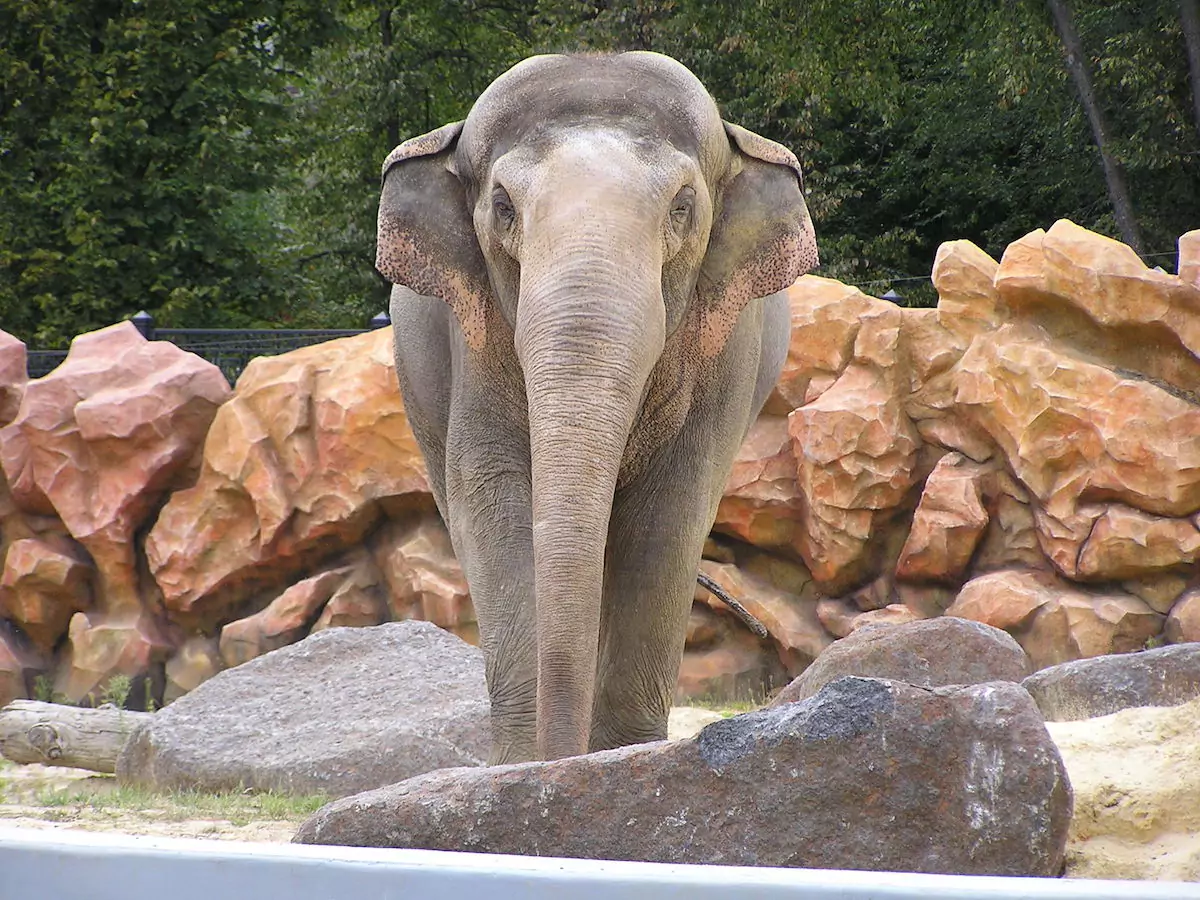
How are the other four elephants doing in the zoos in Ukraine?
As of today, in total, there are five elephants kept in Ukraine. All of these are Asian Elephants. The Kharkiv and Kyiv Zoos house one male elephant each. The Mykolaiv Zoo houses two male elephants, and the Odesa Zoo houses one senior female elephant. All of them are alive and well despite the fact that these cities are victims of occasional rocket fire or drone attacks. This year, all the elephants had access to outdoor enclosures and pools, and all elephants were provided fresh grass and branches.
Did you have many visitors to the zoo this summer?
In May of this year, the military administration of Kharkiv City allowed the zoo to open its doors to visitors. During air raids, visitors are recommended to seek shelter in a metro station; two stations are located next to the zoo. The zoo is open free of charge to all who wish to visit us, and there are many visitors, especially on the weekends. We carry a very important social mission during these difficult times since the city of Kharkiv remains a city with “front-line” status.
What are the activities of the Ukrainian Elephant Welfare Group and when was it started?
The Ukrainian Elephant Welfare Group (UEWG) was created in 2022 by colleagues from the three Ukrainian zoos that house elephants – Kharkiv, Kyiv, and Mykolaiv. They came together to support one another during these difficult, war-torn times. Two experienced elephant keepers were conscripted into the Ukraine Armed Forces. Their departure affected the level of professionalism in keeping elephants at the zoos. Tragically, Dima Reznik, an elephant keeper from Mykolaiv Zoo, was killed in battle in June 2023. It was a great loss.
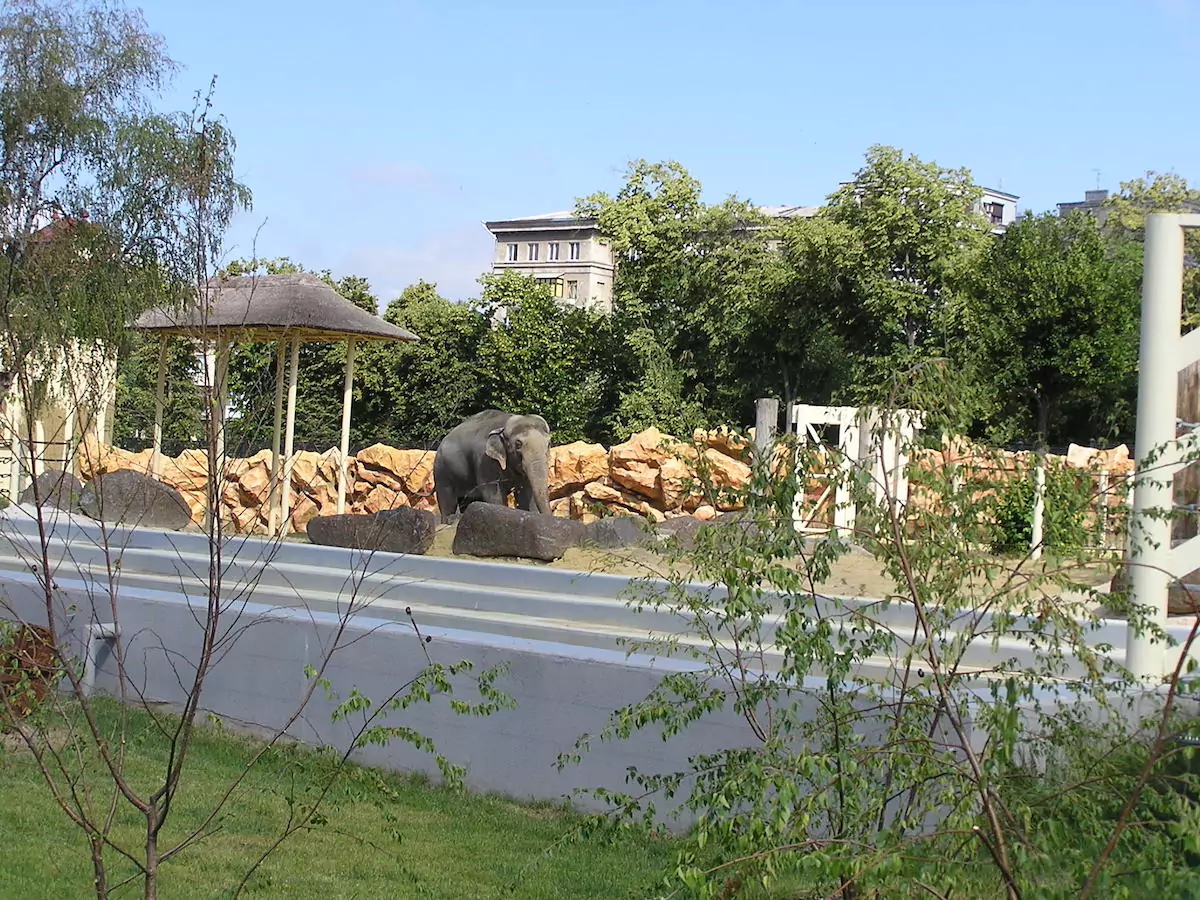
Which zoos or organizations were the first to provide aid to the Kharkiv Zoo?
During the very start of the war, we began receiving aid from Polish, Czech Republic, Slovakian and Berlin zoos.
In March 2022, we established contact with the European Association of Zoos and Aquariums (EAZA). They led the Emergency Appeal for Ukrainian Zoos Fund, providing financial aid, food, and veterinary equipment. We appreciate the EAZA’s ongoing moral support and express heartfelt gratitude.
Collaborating with the European Elephant Group (EEG), all four Ukrainian elephant-housing zoos received a year’s worth of granulated elephant feed – a significant help.
As the zoo is still in need of medical equipment and supplies, Monaco Life readers can help the Kharkiv Zoo and other zoos in Ukraine by making a donation via the link below or writing to Oleg to discuss their needs.
Contact Oleg: zookharkov@ukr.net
Donations: https://www.eaza.net/emergency-appeal-for-ukrainian-zoos/
For more information, visit https://zoo.kharkov.ua/ , https://www.facebook.com/zookharkov1895/
Main photo: an early image of Oleg Grishchenko, all photos courtesy Kharkiv Zoo
Join the Monaco Life community – the largest English media in the Principality. Sign up for the Monaco Life newsletter, and follow us on Facebook, Instagram , LinkedIn and Tik Tok.
